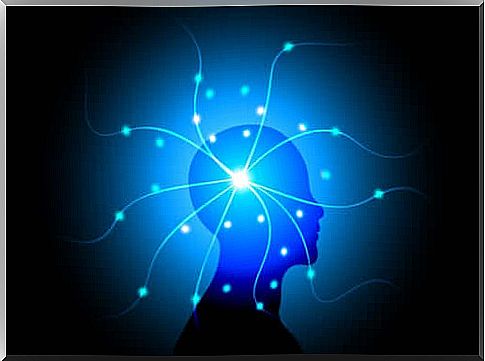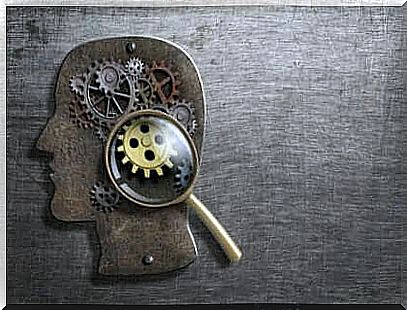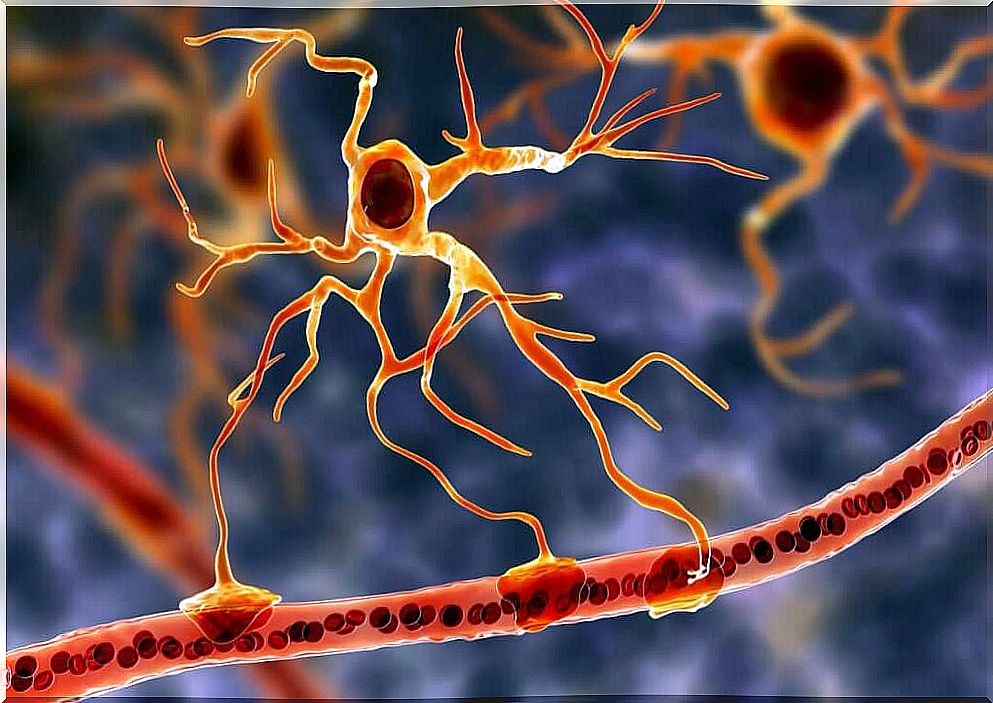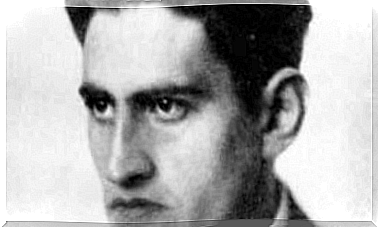The Imaginary Engine: A Surprising Effect

The human brain never ceases to amaze us. This time the news was broadcast by the BBC and surprised everyone. A scientist from the UK has shown the existence of an imaginary motor, a mechanism by which doing exercises mentally is almost the same as doing them physically.
The imaginary motor is a means of activating the body, through the mind, without making any movement. Ultimately, it is the brain that determines the functioning of the whole organism. The imaginary engine is possible precisely because of this remarkable impact.
Thanks to the new discoveries, the hypothesis arose that there are factors, such as consciousness, which are determinant in the functioning of the organism. This is what Professor Tony Kay of the University of Northampton (UK) defended in a BBC program.
“I am a Watson brain. The rest of my body is just an appendix. ”
-Arthur Conan Doyle-

The imaginary engine
The BBC has a program called “ Trust me, i’m a doctor ”. It usually presents unusual situations, related to the human body and health. Professor Tony Kay was invited to present his theory on the imaginary engine, a concept that had not been discussed until now.
He assures us that it is possible to “train” physically using the imagination. Just think about exercising for it to produce similar effects to real exercise on the body.
To prove it, this expert in sports biomechanics recruited seven volunteers. They all had one thing in common: they were sedentary. They disliked playing sports and limited themselves to moving only when their daily activities required it.
The imaginary engine: a revealing experience
To test his theory on the imaginary motor, the first step was to determine a part of the body as a point of reference. He opted for the calf. If his thesis was correct, the calf would show changes after practicing the correct mental routines.
From then on, the professor measured the strength of the volunteers’ calves with a dynamometer. He then determined the size using ultrasound. Finally, he established the actual percentage of muscle each participant was using. To determine this amplitude, he asked them to contract the calf as much as they could and measured this movement via electrodes.
Then the volunteers made a commitment to carry on with their lives normally. Except that they had to spend about 15 minutes every day thinking about this calf contraction. Nothing more. They didn’t have to move the muscles, just think about the movement.
The surprising results of the experiment
After a month, the same group of volunteers was examined again, with the same tools as before the experiment. The results then proved that Professor Kay was correct in his theory of the imaginary motor.
Specifically, none of the participants showed an increase in the muscles involved in movement. However, they had all increased the strength of their calves. On average, the increase was 8%. One of the volunteers even obtained almost 34% more strength, compared to the initial measurement.
Also, at the start of the experiment, participants were using muscle at an average rate of 46.3%. After one month, this percentage rose to 68.8%. Observable changes have indeed occurred thanks to the daily 15 minutes of mental work.

The reasons behind these results
Professor Tony Kay explained that the daily exercise of thinking about the calves made the volunteers more aware of their body composition and the movement of muscle fibers in that area. This then allowed them to stimulate them and exercise them more fully when needed in daily life.
This awareness led them to be able to produce more force in this area of the body as soon as they performed a movement with it. So they were able to strengthen their calves simply by using the imaginary motor.
Currently, many athletes use this type of technique to improve their performance. These findings could also be applied to people who are injured or who, for some reason, cannot move around for a period of time.
The theory of the imaginary motor in turn supports another hypothesis. The one according to which, thanks to our brain, we can achieve goals that we do not even imagine.









